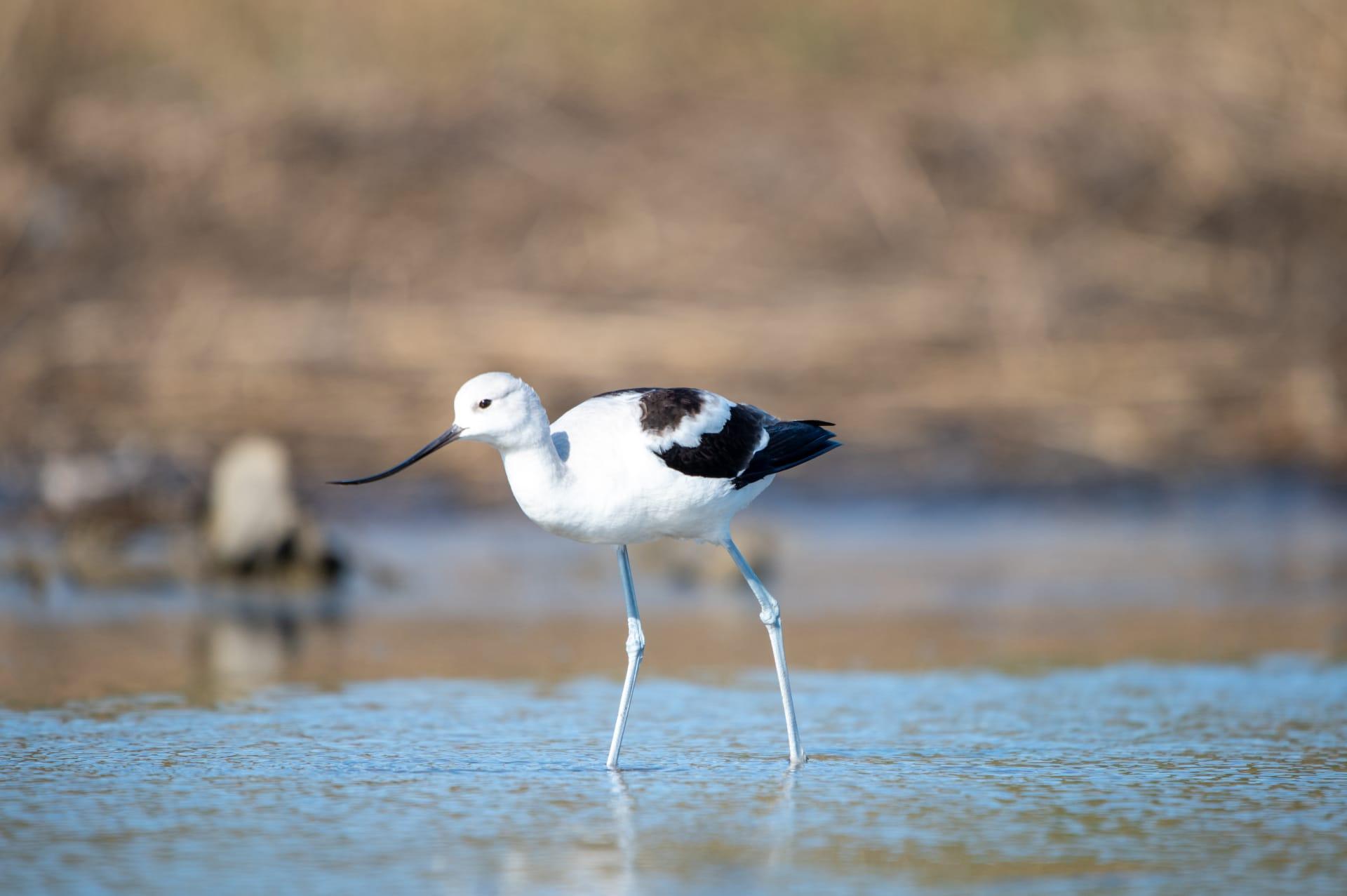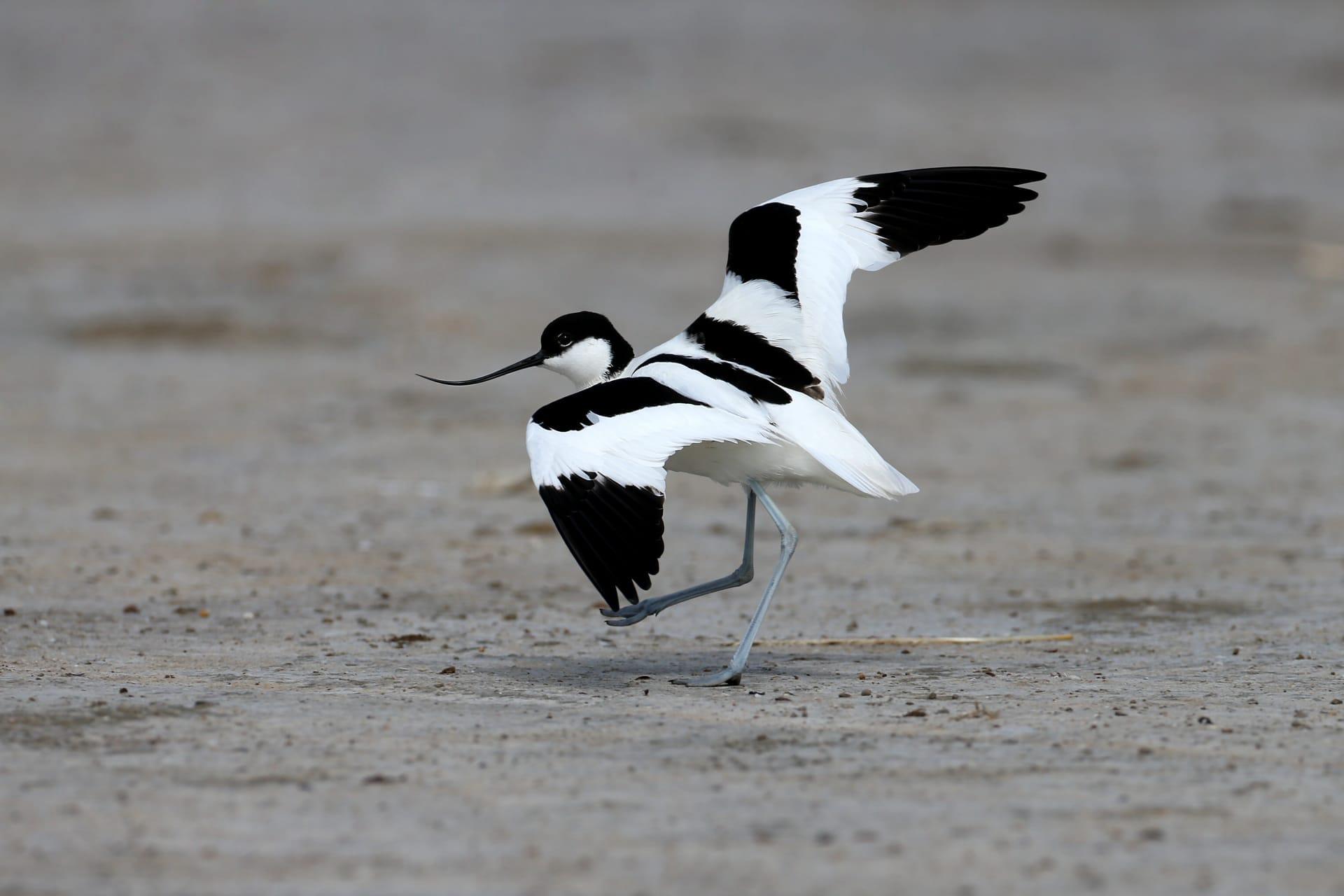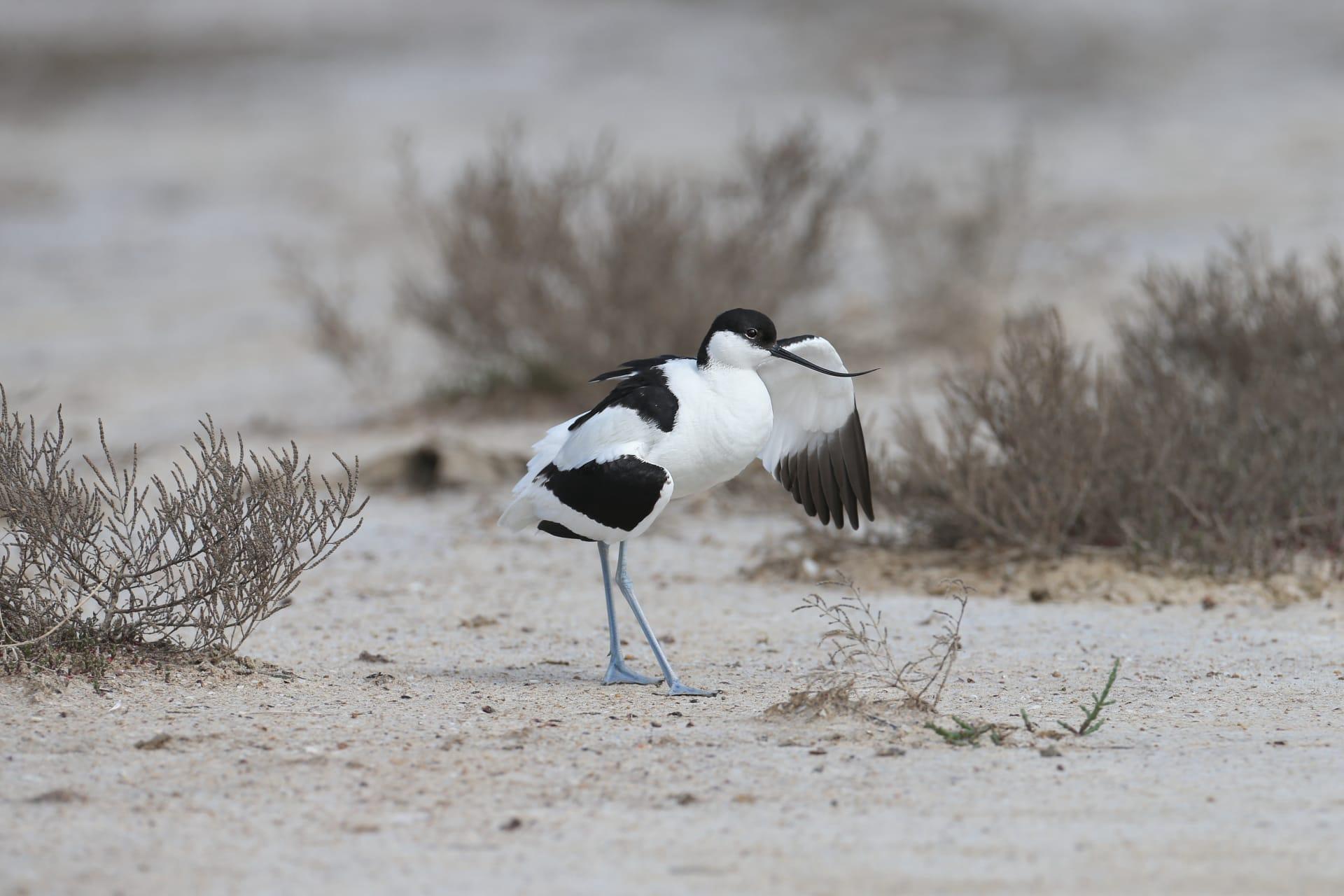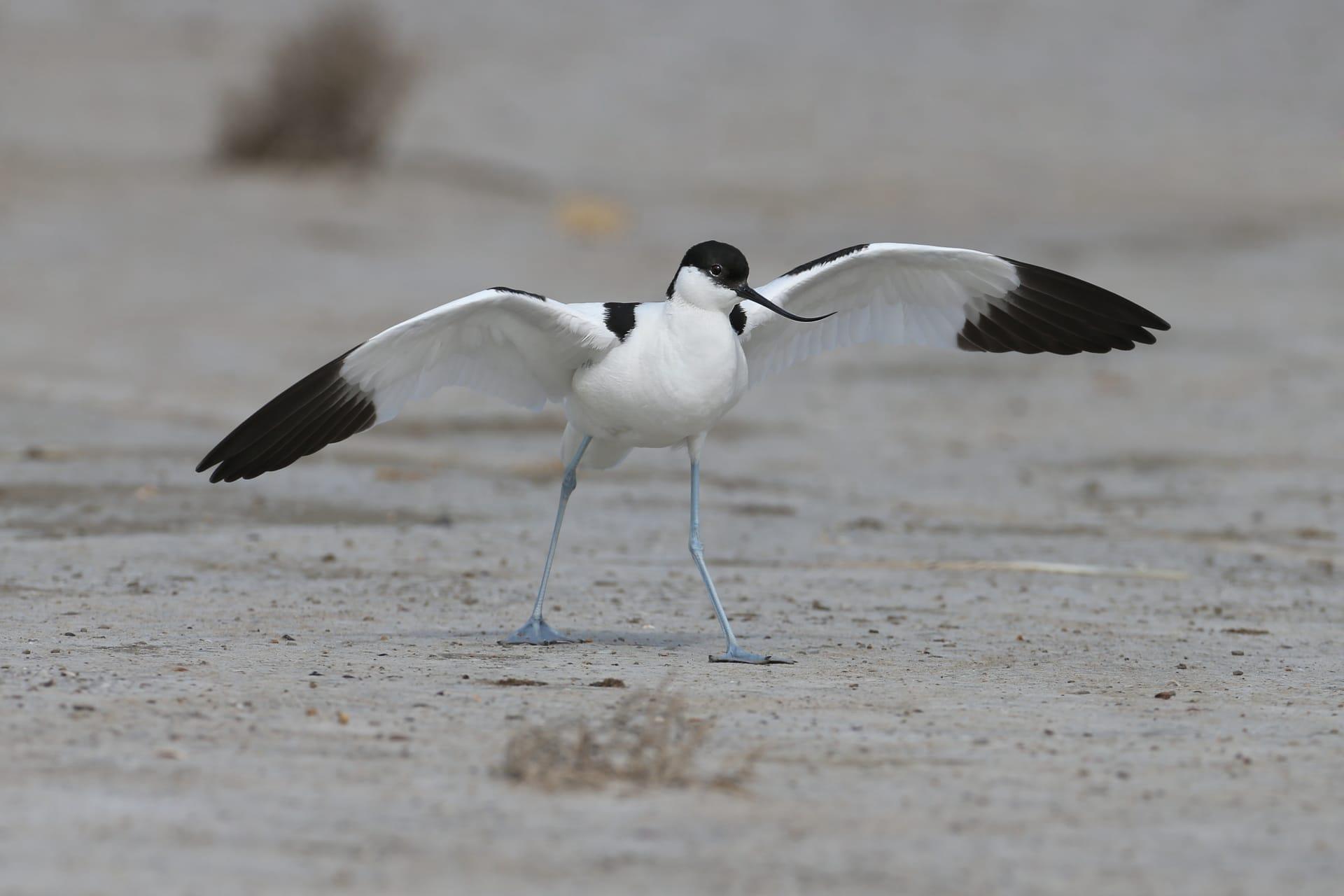Avocet
- Home /
- Mini Encyclopedia /
- Animal /
- Avocet
1
The Avocet, scientifically known as Recurvirostra, belongs to the family Recurvirostridae. This unique bird is recognized for its slender legs and notably upcurved bill, which is distinctive among wading birds. The genus Recurvirostra contains four distinct species: the American Avocet (Recurvirostra americana), the Pied Avocet (Recurvirostra avosetta), the Red-necked Avocet (Recurvirostra novaehollandiae), and the Andean Avocet (Recurvirostra andina). Each species exhibits slight variations in coloration and size, with an average length of about 16 to 20 inches and a wingspan ranging from 27 to 31 inches.
Avocets have a widespread geographic distribution. The American Avocet is commonly found across North America, especially in the western regions, favoring wetlands, salt ponds, and shallow coastal lagoons. The Pied Avocet spans across Europe and Asia, particularly thriving in the wetlands of the United Kingdom and the Netherlands. The Red-necked Avocet is native to Australia, often seen along the eastern and southeastern coasts. Lastly, the Andean Avocet is localized to the high-altitude lakes of the Andes in South America. Their habitats are typically characterized by shallow water and mudflats, crucial for their foraging activities.

2
Question: Do Avocets fly long distances during migration?
Answer: Yes, certain Avocet species are remarkable migrants. For instance, the American Avocet is known for its extensive migratory patterns, often traveling significant distances between breeding and wintering grounds. During migration, they can cover hundreds of miles, showcasing impressive endurance. These migrations are driven by seasonal changes and the search for suitable feeding and breeding habitats. On the other hand, some species, like the Pied Avocet in parts of Europe, are partial migrants or even sedentary, depending on local climate and food availability.

3
Avocets have developed unique survival strategies that are fascinating. Their upcurved bill is a specialized adaptation for feeding in shallow waters. They use a side-to-side sweeping motion to catch small invertebrates. This method is efficient and allows them to feed even in murky waters where visibility is low. Additionally, Avocets are known for their cooperative breeding behavior. They often nest in colonies, which provides some protection against predators. During nesting, both parents are involved in incubation and caring for the young, enhancing the survival rate of their offspring.
Another key strategy is their migratory behavior. Species like the American Avocet travel to areas with abundant food resources and optimal breeding conditions. This mobility allows them to exploit different ecosystems throughout the year. In response to threats, Avocets also exhibit a unique defensive behavior called 'false brooding,' where they pretend to sit on a non-existent nest to distract predators from the real nest location, thereby protecting their young.

4
In the ecosystem, Avocets play a significant role as both predators and prey. As predators, they control the population of aquatic invertebrates, which forms the main part of their diet. This predation helps maintain a balanced ecosystem in wetland habitats. Their foraging behavior also stirs up the sediment, which can be beneficial for other aquatic organisms by increasing oxygenation and nutrient distribution.
As prey, Avocets are vital in the food chain, supporting higher predators such as foxes, large birds of prey, and even some species of snakes. Their presence in diverse habitats also makes them important bioindicators. Changes in Avocet populations can signal shifts in the health of their ecosystems, often reflecting water quality and the availability of food resources. Thus, monitoring Avocet populations helps in understanding and managing wetland health and biodiversity.

5
Film: "Winged Migration" (2001, France). This documentary, directed by Jacques Perrin, Jacques Cluzaud, and Michel Debats, features breathtaking footage of migratory birds, including scenes of Avocets. It showcases the challenges and beauty of bird migration, providing a global perspective on various species' journeys across continents.
Book: "Shorebirds of North America, Europe, and Asia: A Guide to Field Identification" (2006, United Kingdom). Written by Stephen Message and Don Taylor, this comprehensive guide offers detailed descriptions of shorebirds, including the American Avocet. It provides insights into identification, behavior, and habitats, making it a valuable resource for bird enthusiasts.
Book: "The Birds of Heaven: Travels with Cranes" (2001, United States). Authored by Peter Matthiessen and featuring photography by Robert Bateman, this book, while focusing on cranes, includes references and information about similar species, including Avocets. It delves into the natural history and conservation of these elegant birds, offering a blend of travel narrative and nature study.